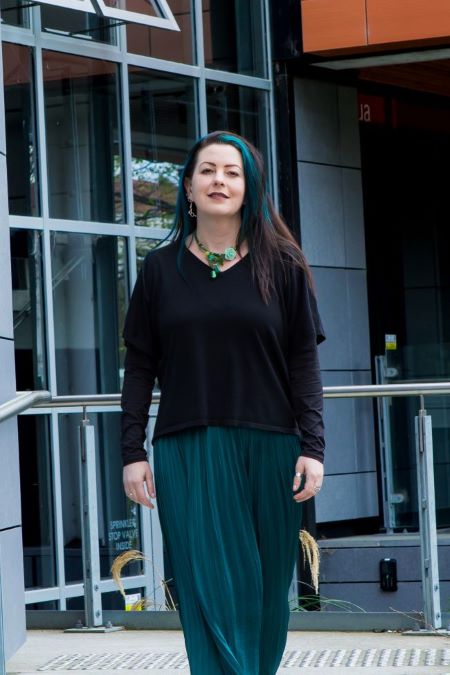Author: Mark Callander, 2degrees chief executive – How to succeed in a complex environment of mergers and acquisitions.
Mergers and acquisitions are risky business. 2degrees chief executive Mark Callander gives insight on how to stay on track when bringing teams together.
The literature on mergers and acquisitions is clear. If you aren’t careful, things can quickly run awry and you could be left with two uncooperative factions, divided by culture and motivation.
The Harvard Business Review puts the failure rate of mergers somewhere between 70 per cent and 90 per cent. No matter how adept you might be at running a business, those are odds you need to take seriously.
A 2003 research paper titled ‘Cultural Conflict and Merger Failure: An Experimental Approach’ which was published in Management Science argued that cultural conflict is a major contributing factor to the collapse of a merger.
Long after the teams have been joined, the organisational memory lingers and can lead to a culture of staff members from the previously disparate companies blaming each other when things don’t go according to plan.
No matter how many times I’ve gone through the process of acquiring a business or merging with another, I’ve never taken anything for granted.
It’s been a journey of M&A. In the early days, many of those acquired were smaller companies, but as the business grew, the size of M&A and strategic thinking behind these decisions grew as well. The scale of 2degrees of today is due to steady organic growth, backed by several key strategic M&A decisions and the foundations of companies including Orcon, Callplus, FX networks and others the forefront of telco in NZ in a post-Telecom world.
In many ways, the scale of 2degrees today is largely attributable to the effectiveness of the company in amalgamating discrete businesses under a shared masthead, while also pushing organic growth.
Always ask why
Successfully managing that many mergers doesn’t happen by accident. It’s the product of deliberate decisions and a clear structure that gives employees a blueprint of what the organisation will now look like.
This always starts with defining the strategic rationale underpinning a merger or acquisition. If there’s no clear strategy behind an acquisition, it becomes far more difficult to sell this to the teams now expected to work together. It’s incumbent upon the business owner or manager to ask why a merger or acquisition makes sense in the current business context.
Business decision-makers always have a choice before a merger: they can opt to build everything internally from the ground up or they can acquire another business that already has the required expertise in place.
This was exactly the choice we faced when it came to entering the energy market. While we could have done everything independently by hiring a team and building capability, we instead saw a faster path to entry by acquiring Switch Energy.
This was a fairly small business, but it had excellent capability across its team, had all the necessary contracts, and was already an active participant in the energy market. What we brought to the table was a scale of customers and an opportunity to accelerate growth that would have taken Switch years to reach independently, if at all. The ability to use a brand like Slingshot or 2degrees which is highly recognized and trusted in the market is also not to be underestimated.
The added benefit here is that the team working at Switch introduced new skills to 2degrees, which in turn helped to further enhance what we were already doing well.
Scaling up
Another major advantage of acquiring or merging with a business is that it gives you instant scale. You acquire customers, people talent, IP and capability that can be implemented into your existing organisation instantly.
For a business like 2degrees, this has been integral in ensuring we have the tools necessary to challenge the long-running telco duopoly in the local market. The recent merger between 2degrees and Vocus is perhaps the best example of this in our company’s history.
This brought together two challenger brands and a combined team of more than 1800 staff, solidifying 2degrees as a legitimate third competitor in the telco space.
While this three-year process has been managed carefully, there is always strong emotion involved in bringing together two large organisations.
One of the trickiest and more emotional aspects has been the decision to retire the Orcon brand, to which many staff felt a strong affiliation.
From the outset, we made it clear that we were developing one company and one brand. This meant that good ideas could come from any of the teams that previously made up Vocus and 2degrees. It was about uniting the broader team under a single banner and igniting that challenger spirit to take on the duopoly with our combined forces. Admittedly, we are bigger now, but the motivation for growth and increasing market share that long underpinned both Vocus and 2degrees remains as pertinent as ever.
Ensuring that a merger or acquisition doesn’t undermine the collective culture also means making tough decisions fast. We are very straight up and transparent about where our bus is heading from the outset, and those who aren’t interested in that journey are allowed to get off. These decisions sometimes aren’t easy, but it’s important to make them as early and fast as possible. Nothing hurts culture more than the slow simmer of discontent left unattended.
Knowing when to DIY
Mergers and acquisitions can – and often do – play an important role in the development of a business, but you can’t buy your way to success. Business owners also need to adopt a model of continuous improvement, and trial and error, when it comes to internal processes and technology.
2degrees has invested heavily in a proprietary software stack over the last decade or so, building it from the ground up and augmenting it over the years. We don’t rely heavily on third-party contractors, which allows us to respond quickly as our needs shift. The ability to pivot based on what is happening in the market is so important to remain relevant and competitive.
Owning the software stack also gives us the ability to innovate in a way our competitors can’t. One example of this would be the development of our Flex product, which gives business owners greater ability to manage their accounts and their network connectivity independently. This advantage isn’t something you can gain through a merger or acquisition. It’s the direct product of a diligent team responding to real-time problems our customers face. And, ultimately, this is what all great businesses do well: they make life easier for their customers.
Sometimes that’s done through a merger or an acquisition, but more often than not it’s the direct result of listening to your customer and responding as fast as you can.











